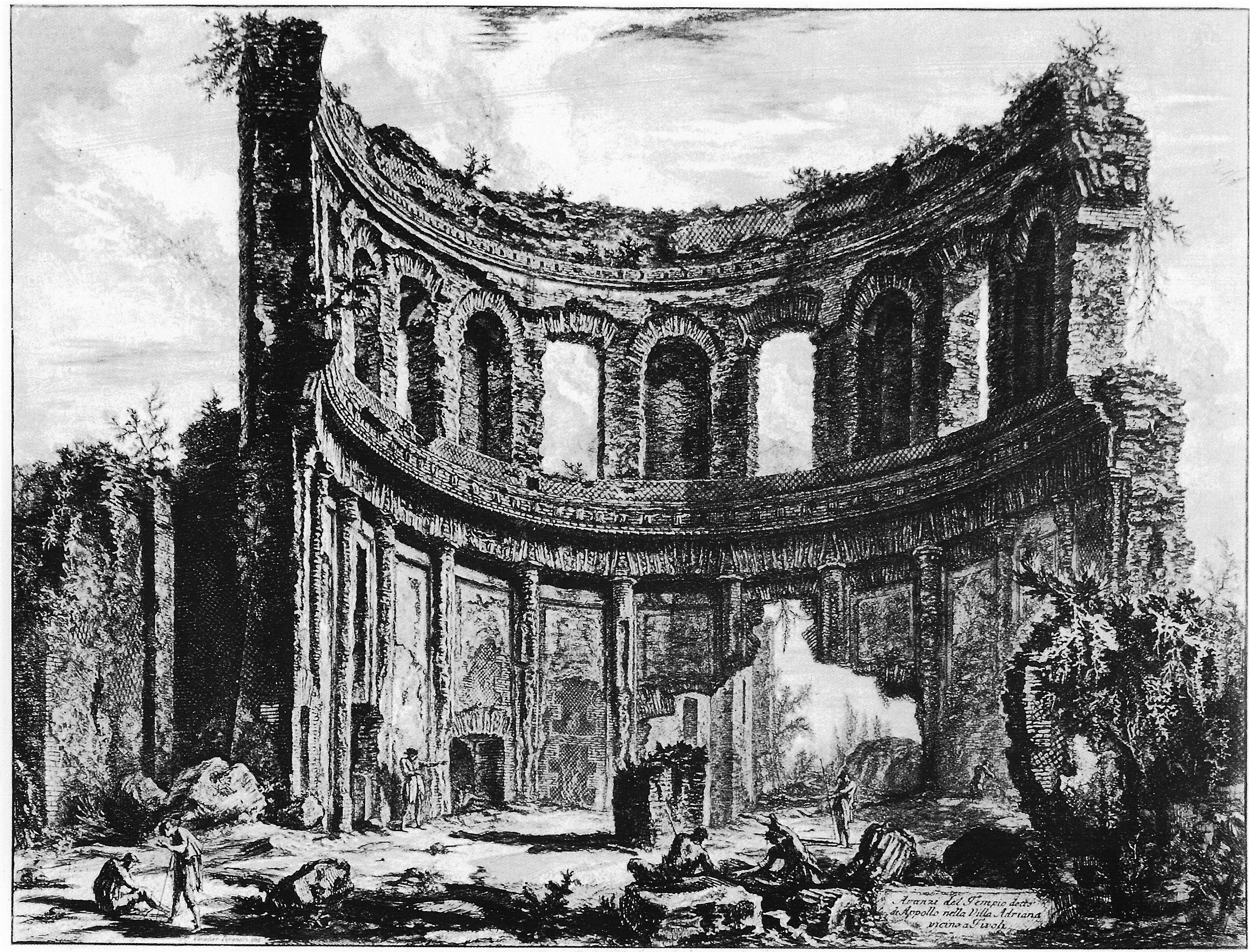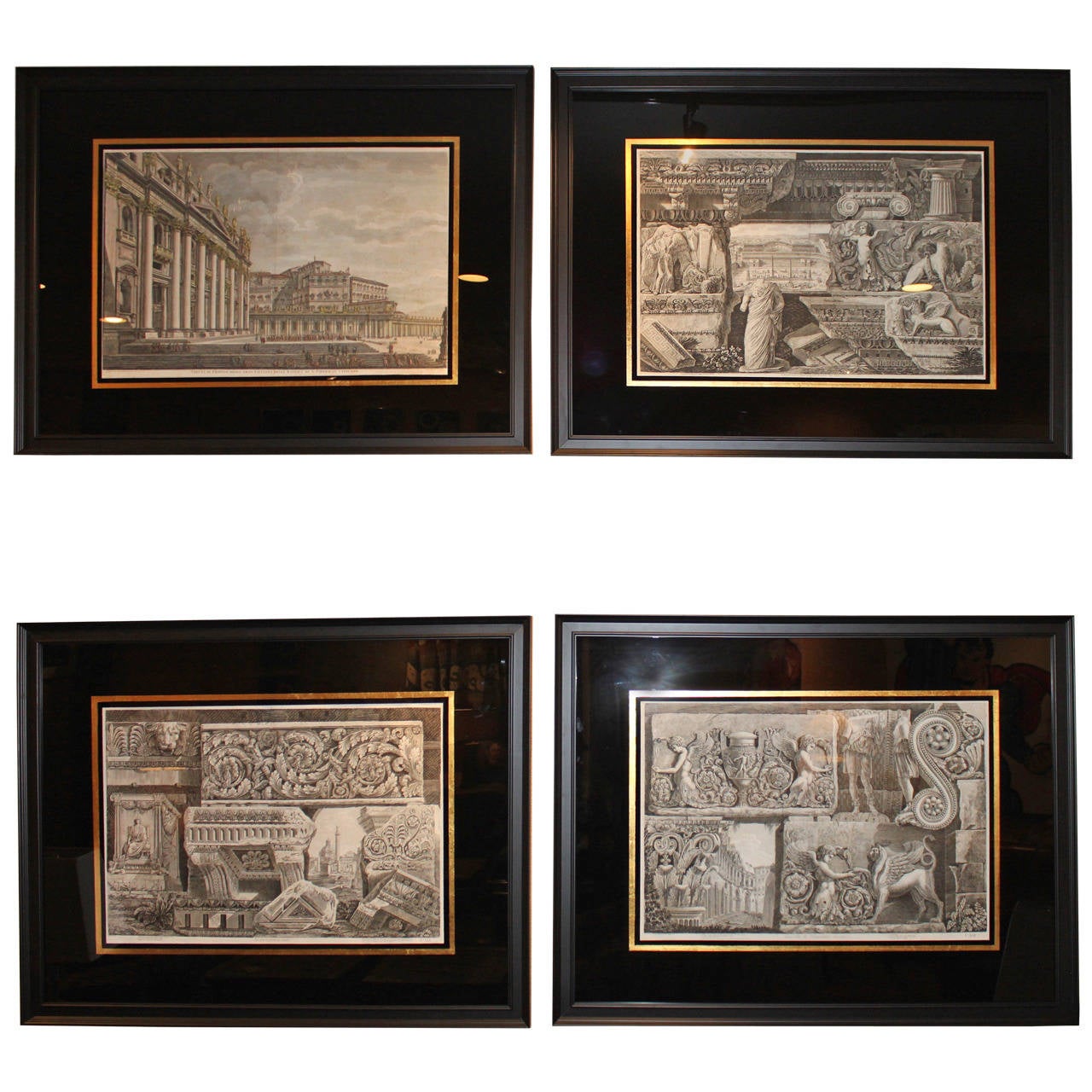

It shows the location of the antiquities in relation to modern Rome and the Campus Martius and its surroundings to the north of the city, with a smaller inset map of the ancient city. Around 1774, as Piranesi completed the series, he produced a large reference map to accompany the collection ( Pianta di Roma e del Campo Marzo). They influenced Goethe, Byron and Keats, a long line of British architects from Robert Adams to John Ruskin, and many others.Īll these people visited Rome after seeing Piranesi’s prints. In this sense Piranesi (1720-1778) and his Vedute di Roma played a central role in the transition from neoclassicism to romanticism. His views of antiquities also caught the mood of his own age, reflecting the neo-classical interest in the culture of classical Greece and Rome, and at the same time romanticising the antique in a way that appealed to the spirit of the day (Rousseau’s “bon sauvage” appeared in 1755). Piranesi’s unmatched technical skill allowed him to produce larger etchings than was normal at the time and to render his subjects with unsurpassed accuracy. This proved seminal through its influence not only on other artists, but also on the entire European and colonial society. Piranesi devoted a large part of his life to his etchings of Rome. In 1803, Joseph Bonaparte, Napoleon’s brother and King of Naples (from 1806-1808) and later the King of Spain (from 1808-1813), donated Piranesi’s original etchings to the Ghent library.

He was buried in the Santa Maria del Priorato, the church he had helped restore, in a tomb designed by the Italian sculptor Giuseppe Angelini. Piranesi died in Rome in 1778 after a long illness. And while he found fame from his detailed and atmospheric depictions of the Eternal City he is equally well-known for his haunting imaginings of prison interiors, invented from his own mind. The tourists wanted souvenirs and Piranesi was happy to oblige, offering prints of Renaissance Rome and its ruins.Ītmospheric depictions of the Eternal City It was at this time that Rome had become one of the main destinations for visitors on the Grand Tour of Europe. When this plan failed, he returned to Rome in 1747, opening a workshop in Via del Corso where he established himself as an engraver and print publisher. Piranesi briefly returned to Venice in 1744, planning to launch a career as an architect. Inspired by his studies, Piranesi began creating the vedute (views) of Rome, for which he would become famous.

While living in the Palazzo Venezia (the papal palace), Piranesi was tutored by the Italian engraver Giuseppe Vasi who introduced him to the art of etching and engraving of Rome and its monuments. His early career began working as a draughtsman for the Venetian ambassador Marco Foscarini.

In 1740, the young Piranesi travelled to Rome where he lived and worked for almost all his life. But it was his uncle, Matteo Lucchesi – a leading architect, who taught Piranesi to draw, and to design architectural structures. įrom his detailed etchings of Rome to the dark imaginings of his fictitious prisons Piranesi is one of Italy’s most extraordinary artists.īorn in Mogliano Veneto near Treviso (then part of the Republic of Venice), Piranesi was the son of a Venetian stonemason. Shipping and delivery: Read more about shipping and delivery in our FAQ. Limited Edition: The edition will be limited to 50 sets, numbered 1/50 to 50/50, signed and stamped with a blind embossing. Printed in the highest possible resolution, these prints are virtually indistinguishable from the originals when glazed and framed. Quality: These prints were photographed using the latest technology and reproduced at the original plate size. Size of the prints: 31.9 x 21.7 inches (81 x 55 cm).ĭurability: To ensure the durability, the giclée’s are printed on acid-free white etching paper (270 g/m 2) with archival ink. You may choose your own color of the boxes and your own lettering. Print artist: Giovanni Battista Piranesi (1720-1778)Ģ content page with all titles of the printsĬasing: The complete set will be cased in two elegant handcrafted Solander Boxes covered in special linen embossed with silver lettering. Publication: Le Vedute di Roma, a journay through the eternal cityĪuthor: Giovanni Battista Piranesi (1720-1778)


 0 kommentar(er)
0 kommentar(er)
